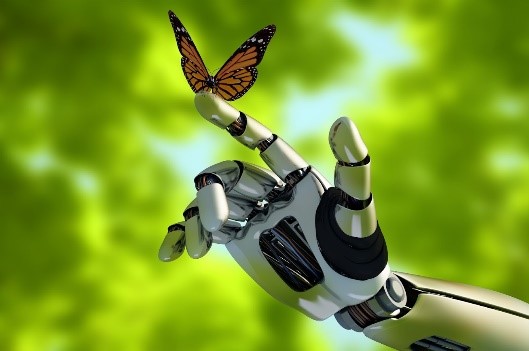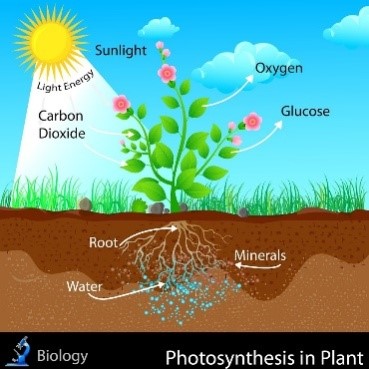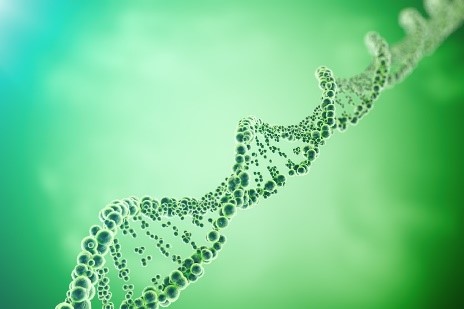Introduction to Life Science
Grade 6 Science Worksheets
Living and Non-Living Things
It’s easy to distinguish between living and non-living things, right? Rocks, buildings, and cars are non-living things while bacteria, plants, butterflies, moss, and humans are all living things. What distinguishes the two is the ability to live things to grow and reproduce. Life Science is the scientific study of living things.

Schedule a Free session to clear worksheet doubts
No credit card required, no obligation to purchase.
Just schedule a FREE Sessions to meet a tutor and get help on any topic you want!
It has many fields of study, such as –
- Botany – the study of plants
- Zoology – the study of animals
- Microbiology – the study of micro-organisms
- Cell Biology – the study of cells of living things
- Ecology – the study of how organisms interact with one another and their environment
- Genetics – the study of genes and heredity
- Paleontology – the study of fossils and evolution
What are the Characteristics of Living Things?
All living things typically exhibit the following basic characteristics –
1. Reproduction
Living things reproduce to create more of their kind. They may do so Asexually or Sexually. In asexual reproduction, a new organism is produced from only one existing organism. In sexual reproduction, two sex cells from two existing organisms come together to produce a new organism.
2. Growth
All living organisms undergo an orderly increase in size as they mature. Plants use carbon dioxide and water to grow while animals grow by eating plants and other animals and converting that into animal tissue.
3. Metabolism
Many chemical processes convert food molecules and energy into useful forms. This is referred to as Metabolism. Sunlight is the primary source of energy, which is used by plants in the process of Photosynthesis to create food in the form of chemical compounds. Other biological activities in plants and animals combine these chemical compounds with oxygen to create high energy food molecules for use as needed.

4. Movement
Most living things exhibit movement. Even plants bend towards light, close their flowers at night, and exhibit the flow of sap in their stems. Animals need to move to search for food. Even stationary living things like ocean sponges exhibit movement internally to take in food particles from water.
5. Responsiveness
Living things sense and respond to changes in their external environment. The changes are called Stimuli. Light and temperature are the most common stimuli. The response to stimuli is most commonly some type of movement. For example, tortoises contract into their shell if they perceive threats, humans shield our eyes in strong light, bacteria move away from harmful Substances.

6. Adaptation
A unique characteristic of living organisms is their ability to increase their chances of survival and reproduction in a given environment. They do this through the transfer of genetic material, known as Genes, from one generation to another. These genes often undergo adaptations to make the next generation better suited to survive and reproduce. For example, certain insects develop resistance to insecticides through the process of adaptation of genes.
In conclusion
Life scientists study all such characteristics of living things, from the microscopic, molecular level of cells, and their structures to the physiology, functioning and behavior of all living organisms.

Check Point
- The scientific study of living things is called _______.
- Which of the following is NOT a field of life science?
- Botany
- Economy
- Paleontology
- Ecology
- Living things reproduce either ______ or ______.
- ______ involves processes which convert food molecules and energy into useful forms.
- Which of the following is NOT a characteristic of living things?
- Adaptation
- Responsiveness
- Reproduction
- Philosophy
Answer Key
- Life Science
- b) Economy
- Asexually, Sexually
- Metabolism
- d) Philosophy
Schedule a Free session to clear worksheet doubts
No credit card required, no obligation to purchase.
Just schedule a FREE Sessions to meet a tutor and get help on any topic you want!
Learn more about Scientific Method and other important topics with 7th Grade Science Tutoring at eTutorWorld. Our expert science tutors break down the topics through interactive one-to-one sessions. We also offer the advantage of customized lesson plans, flexible schedules and convenience of learning from home.
Pricing for Online Tutoring
| Tutoring Package | Validity | Grade (1-12), College |
|---|---|---|
| 5 sessions | 1 Month | $124 |
| 1 session | 1 Month | $25 |
| 10 sessions | 3 months | $239 |
| 15 sessions | 3 months | $354 |
| 20 sessions | 4 months | $449 |
| 50 sessions | 6 months | $1049 |
| 100 sessions | 12 months | $2049 |
6th Grade Free Worksheets
- Inquiry process
- Nature of Science
- Scientific Inquiry
- Inquiry, Analysis and Problem Solving
- Ethical Practices
- Science and Society
- Biotic and Abiotic Factors
- Impact of Organisms
- Adaptation
- Spheres of Earth
- Natural Resources
- Environmental Issues
- Conservation of Earth
- Understanding Technology
- Abilities To Do Technological Design
- Structure of Earth
- Solar System
- Rocks and Fossils
- Earth Systems
- Plate Tectonics
- Evolution
- Magnetic Field of Earth
- Geologic Time
- Materials and Processes That Shape a Planet
- Astronomy
- Ecology
- Energy
- Kinetic and Potential Energy
- Energy Transfer
- Matter and its Structure
- States of Matter
- Physical and Chemical Changes
- Force and Motion
- Electricity and Magnetism
- Wave Interactions
- Sound
- Light
- Introduction to Life Science
- The Origin & History of Life On Earth
- Plant and Animal Cells
- Parts of a Cell
- The Cell Cycle
- How Living Organisms Get Energy
- Classification of Organisms
- How Plants Grow & Reproduce
- The Human Respiratory System
- The Human Cardiovascular System
- The Human Digestive System
- The Human Endocrine Systems
- The Human Nervous System
- The Human Muscular System
- The Human Skeletal System


